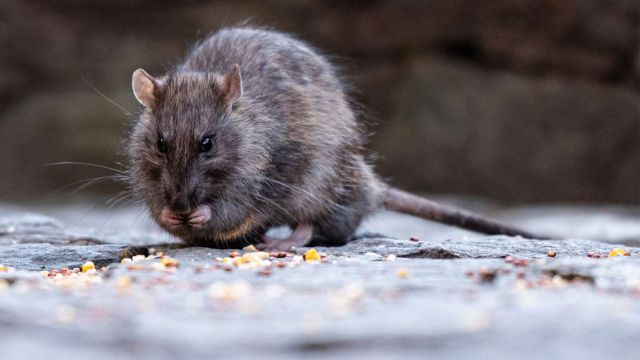Based on an annual list of the top 50 towns with the most rodent treatments, a pest control business has determined that Omaha, the largest city in Nebraska, is the most rat-infested city in America. Rat activity in Omaha increased by 174% in 2023 compared to 2022, according to the business.
What Are the Reasons Behind the Rat Issue?
Experts identify multiple major reasons as the cause of Omaha’s rat problem:
Climate Change: Rats can thrive in habitats that are warmer and wetter due to increased precipitation and warmth. When severe weather strikes, such as floods, storms, or heat waves, rats are more prone to seek cover indoors.
Urbanization: The city’s fast expansion and development, especially in the downtown region, has destroyed rats’ natural habitats and food supplies. They are compelled by this to relocate to places like buildings, dumpsters, and sewers.
Poor Sanitation: Rats have an abundance of food sources and places to nest in some areas of the city due to poor waste management and hygiene standards. Rats can readily enter compost piles, leftover food, trash, and pet food through gaps, holes, and vents.
What Effects Does the Rat Problem Have?
The city of Omaha and its citizens face significant health and financial hazards as a result of the rat infestation, including:
- Diseases: Leptospirosis, salmonellosis, rat-bite fever, and hantavirus are only a few of the illnesses that rats can carry and spread to people and other animals. These illnesses can occasionally be fatal and present with symptoms like fever, headache, nausea, vomiting, diarrhea, and muscle soreness.
- Damage: By gnawing, burrowing, and nesting, rats can seriously harm infrastructure and property. They may gnaw through plastic, wood, insulation, pipes, and cables, causing power outages, floods, and fires. Their saliva, excrement, and urine can contaminate food and water sources.
- Cost: The city of Omaha and its citizens bear a heavy financial burden from the rat problem, which includes losses and repairs in addition to preventive and control efforts. The city spends about $1.5 million a year on baiting, catching, and removing rats as part of its rat abatement operations. Additionally, residents are responsible for paying for illness treatments, damage repairs, and pest control services.
What Are The Rat Problem’s Solutions?
Effectively addressing Omaha’s rat problem requires putting in place a thorough, integrated strategy that includes the following actions:
- Education: The public should be made aware of the causes, effects, and preventative measures of the rat problem by the city and its partners. It is essential to promote the use of best practices, such as caulking gaps, storing food properly, and disposing of garbage on a regular basis.
- Enforcement: The city and its agencies ought to put the current rat control ordinances and regulations into effect, requiring property owners to keep their properties free of rats and enforcing fines and penalties for infractions.
- Cooperation is key. It involves the city, stakeholders, local, state, and federal agencies, the pest control business, the health sector, community organizations, and the media. Rat control techniques can be more effective when efforts are coordinated and resources and information are shared.
By taking these actions, Omaha may improve the quality of life for its citizens by working to lessen and eventually eradicate the rat problem.




